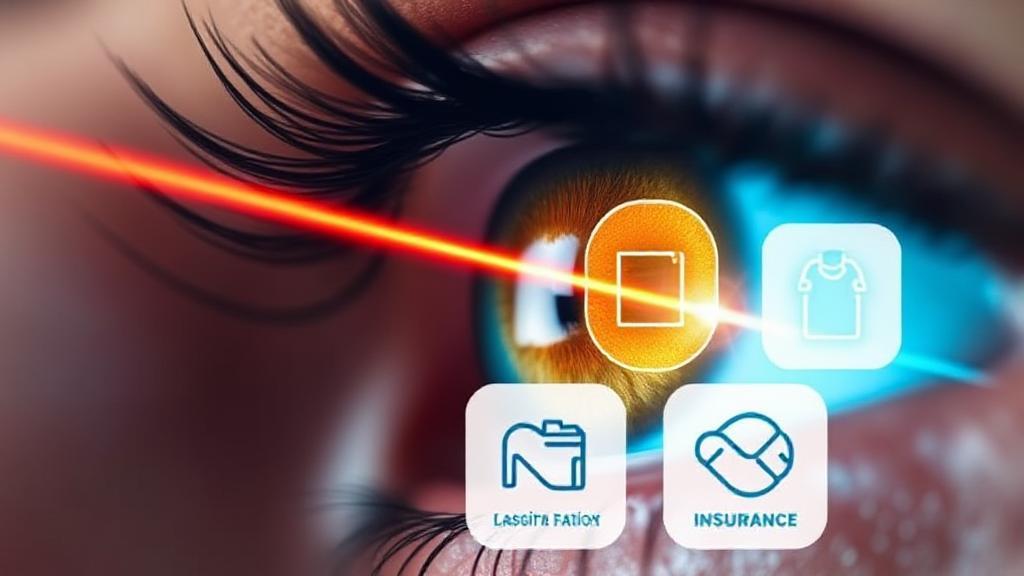Introduction to LASIK Surgery
LASIK (Laser-Assisted In Situ Keratomileusis) surgery is a popular procedure designed to correct vision problems such as myopia (nearsightedness), hyperopia (farsightedness), and astigmatism. By reshaping the cornea, LASIK can significantly reduce or eliminate the need for glasses or contact lenses. While the procedure can be life-changing, understanding the financial aspects and insurance coverage is crucial for potential candidates.
Basic Insurance Coverage Facts
Most insurance companies consider LASIK an elective procedure, meaning it's not medically necessary. Because of this, traditional health insurance plans typically don't cover LASIK surgery. However, there are some exceptions and alternatives worth exploring.
When Insurance Might Cover LASIK
Insurance may cover LASIK in specific situations:
- The surgery is deemed medically necessary due to injury
- You have a medical condition that prevents you from wearing glasses or contacts
- Your profession requires specific vision requirements (usually military or law enforcement)
- Military personnel and veterans may have access through TRICARE or the Department of Veterans Affairs
Alternative Payment Options
FSA and HSA Accounts
One of the most popular ways to pay for LASIK is through tax-advantaged accounts:
- Flexible Spending Accounts (FSA): Allow you to use pre-tax dollars
- Health Savings Accounts (HSA): Offer similar benefits with no annual "use it or lose it" restriction
Pro Tip: If you're planning to use FSA funds, remember that these accounts typically require you to use the money within the calendar year.
Cost and Financing Options
The cost of LASIK varies significantly based on location and technology used:
| Type of LASIK | Average Cost Per Eye |
|---|---|
| Traditional | $1,500 - $2,500 |
| Custom/Wavefront | $2,000 - $3,000 |
| Bladeless | $2,200 - $3,400 |
Payment Plans and Financing
Many LASIK providers offer:
- Interest-free financing for 12-24 months
- Monthly payment plans
- Special promotions during certain times of the year
- Discounts for upfront payment
- Package deals for both eyes
How to Check Your Insurance Coverage
To determine if your insurance plan covers LASIK, follow these steps:
- Review your policy for any mention of vision correction procedures
- Contact your insurance provider to clarify coverage details
- Consult with your LASIK provider about insurance verification
- Research FDA-approved LASIK centers
Long-Term Value Consideration
When evaluating the cost of LASIK, consider the long-term savings on:
- Contact lenses and solutions
- Prescription glasses
- Annual eye exams
- Time spent maintaining corrective eyewear
The average person spends approximately $500-800 annually on contact lenses and solutions. Over 10 years, LASIK could potentially save money compared to traditional vision correction methods.
Choosing the Right Provider
When considering LASIK surgery, choosing the right provider is critical. The American Academy of Ophthalmology (AAO) and the American Society of Cataract and Refractive Surgery (ASCRS) are excellent resources for finding qualified surgeons.
Questions to Ask Your Provider
- What's included in the quoted price?
- Are follow-up visits covered?
- What's the cost of enhancement procedures if needed?
- What kind of technology will be used?
- What are the risks and potential complications?
- How long does the recovery process typically take?
For more detailed information, visit resources like the American Academy of Ophthalmology, WebMD, or the National Eye Institute.
